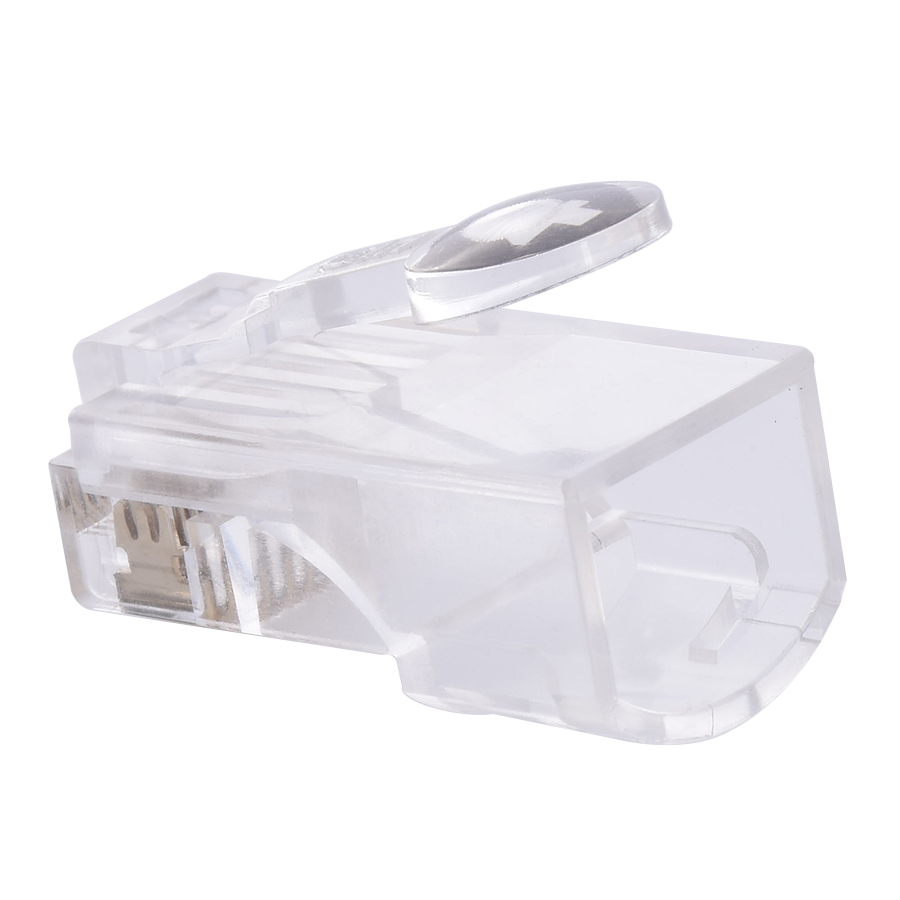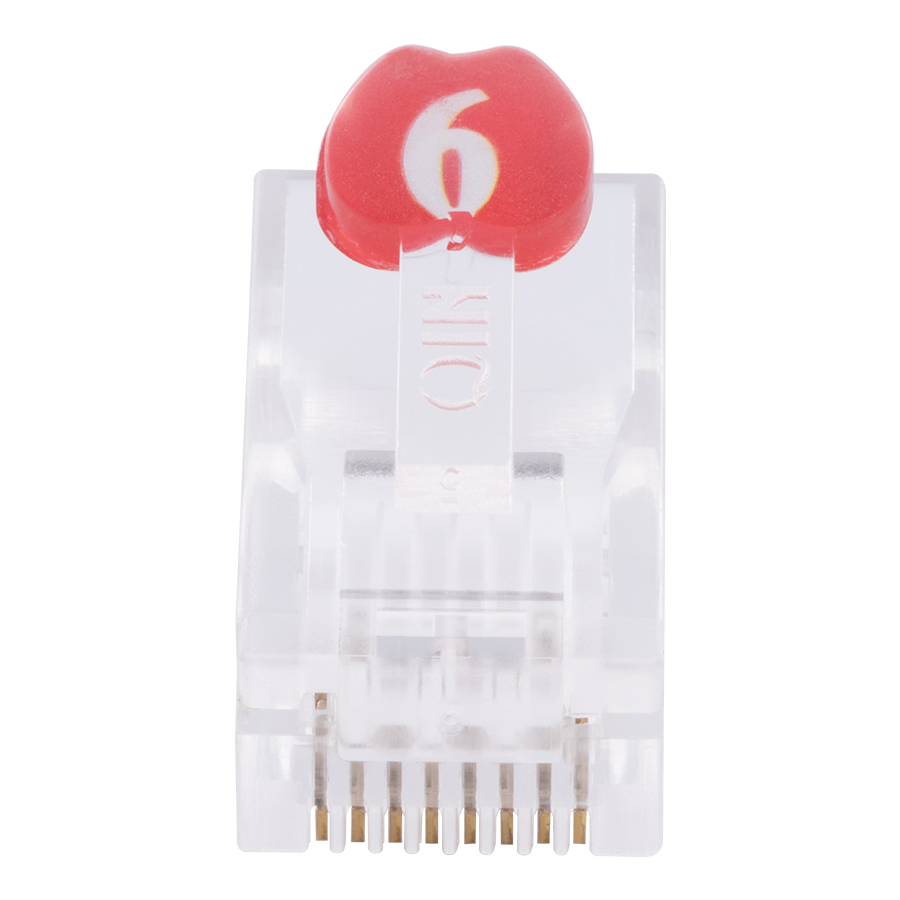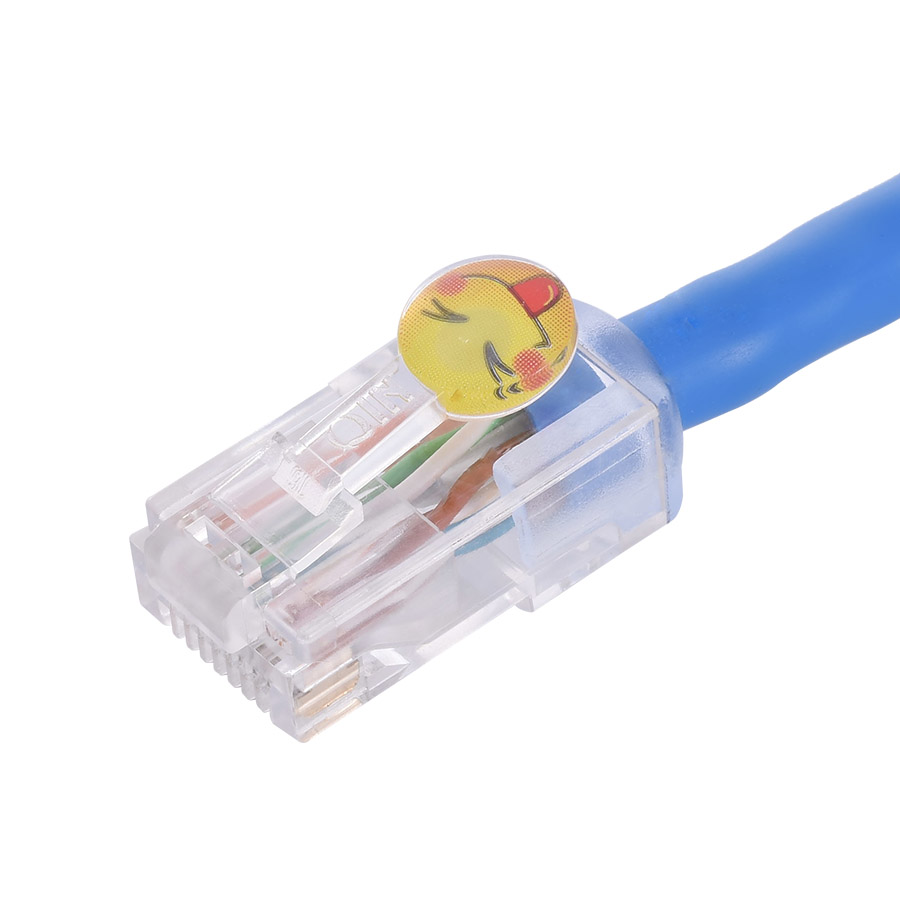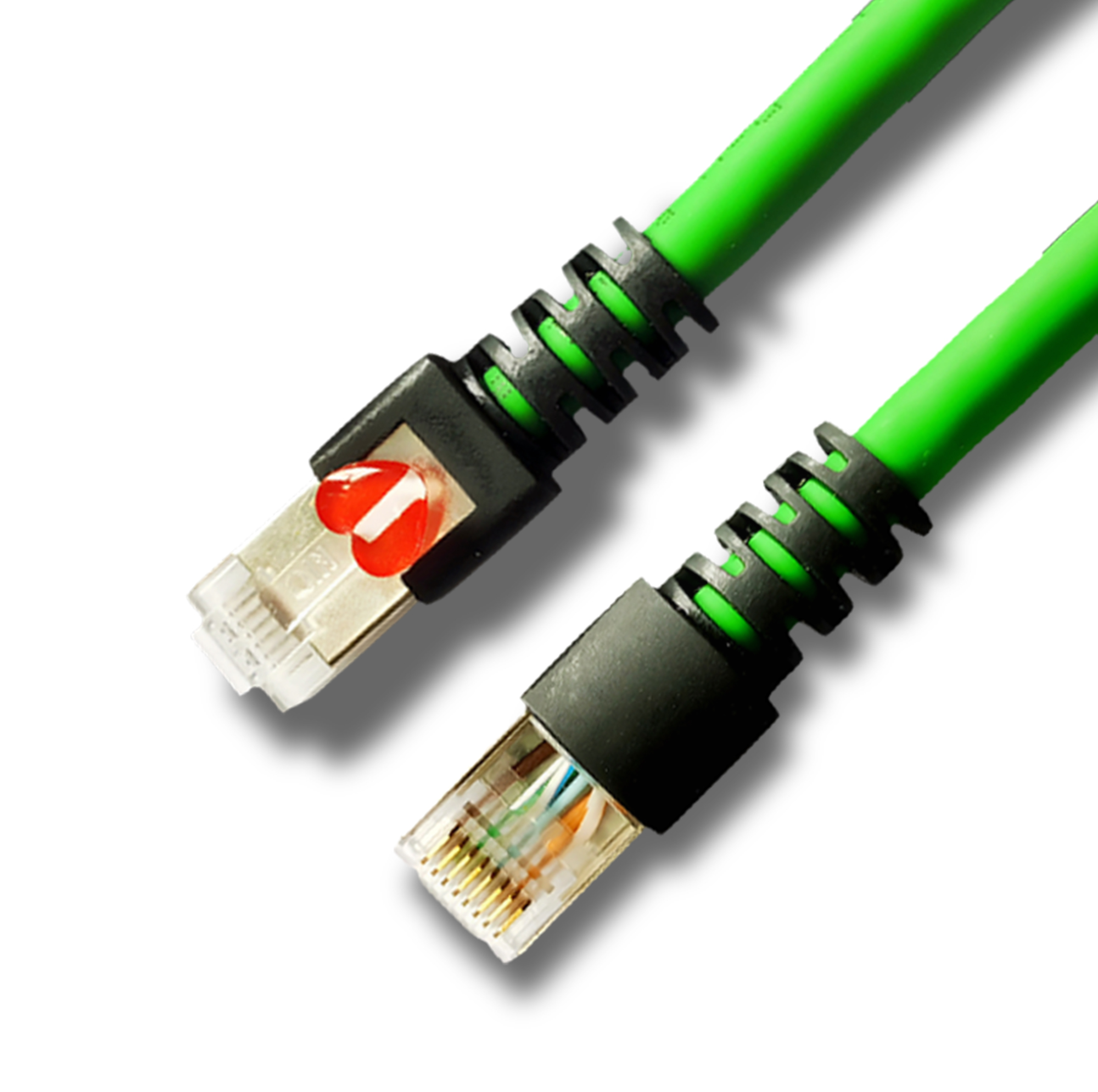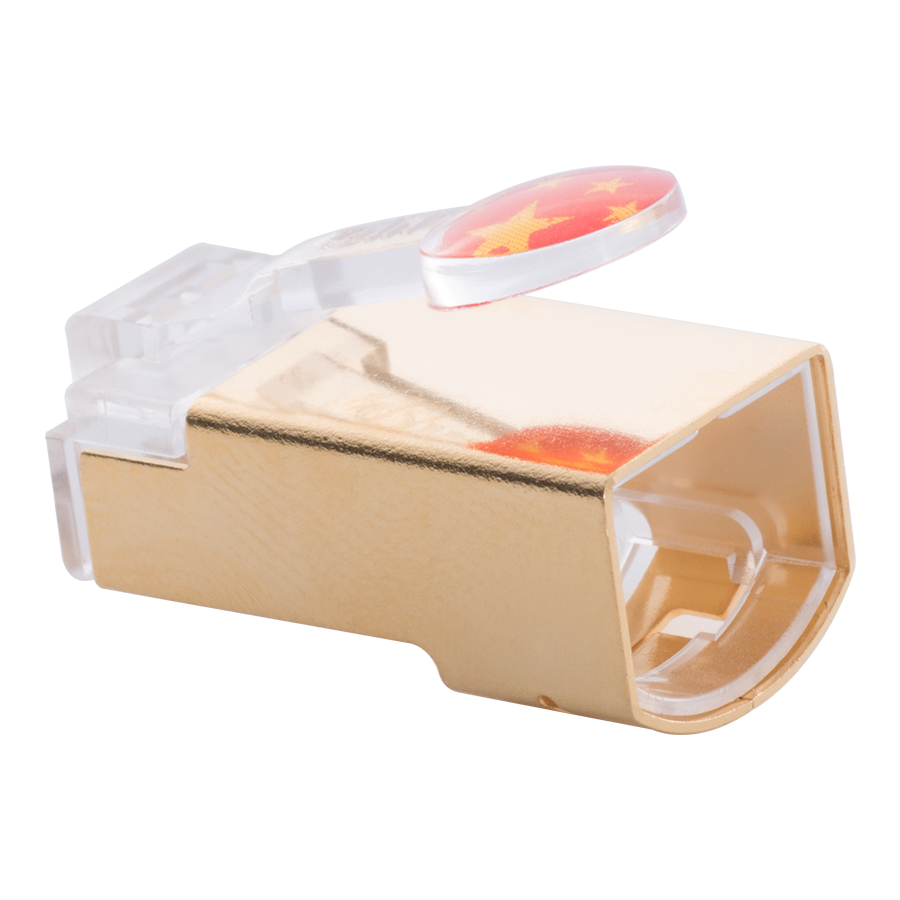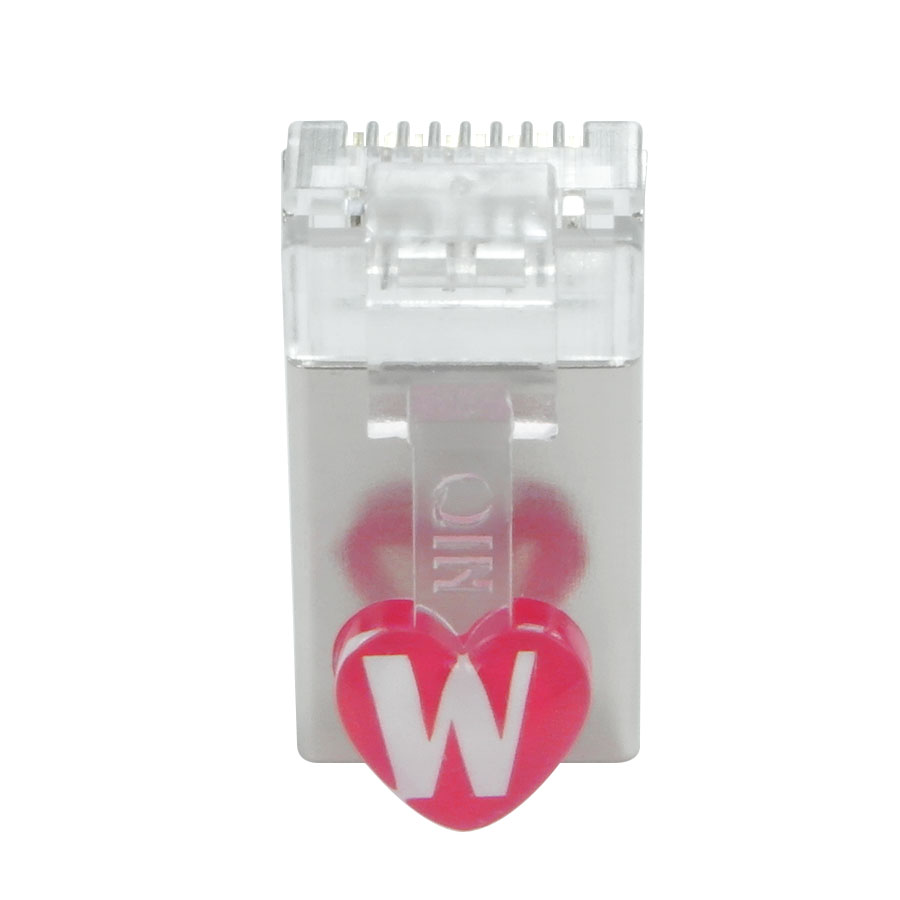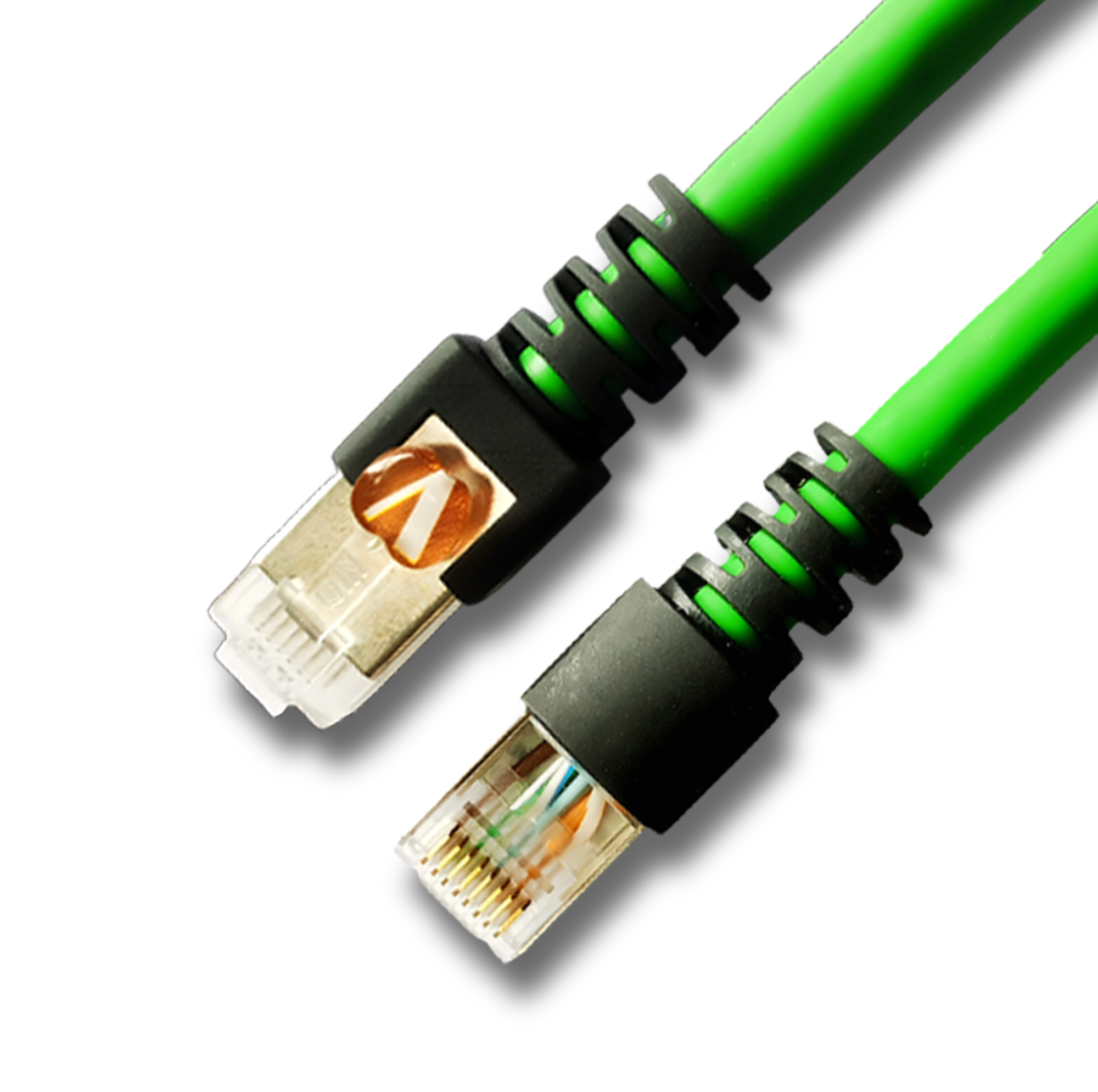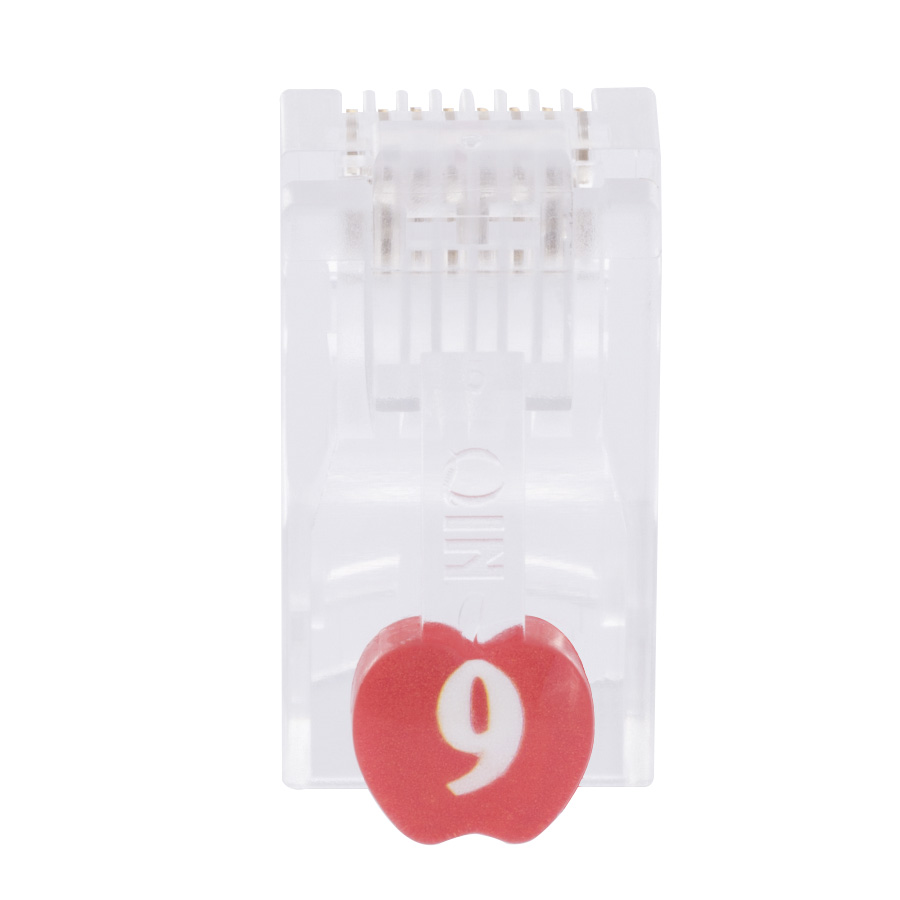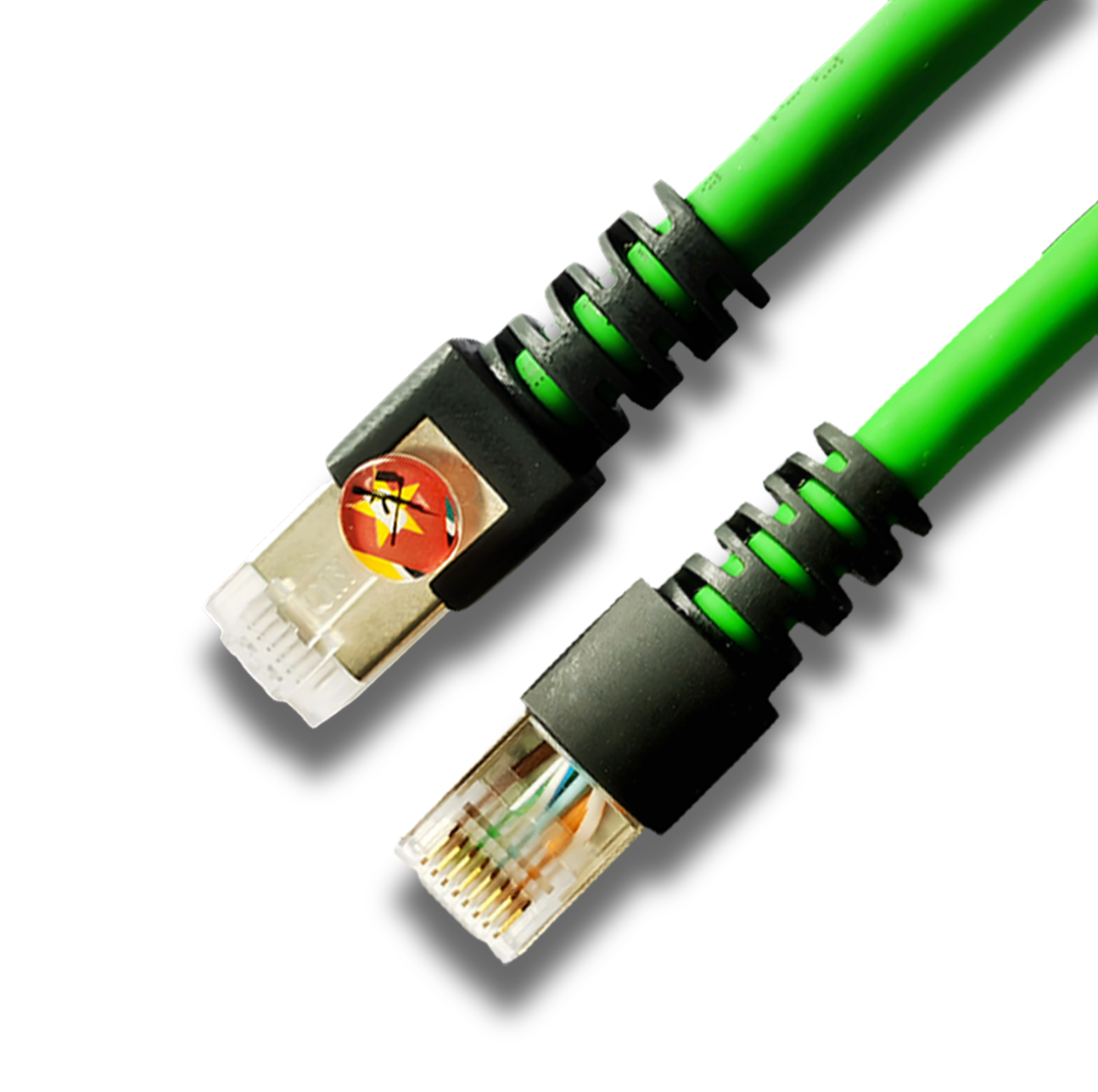- Language
Network Patch Cord High Speed
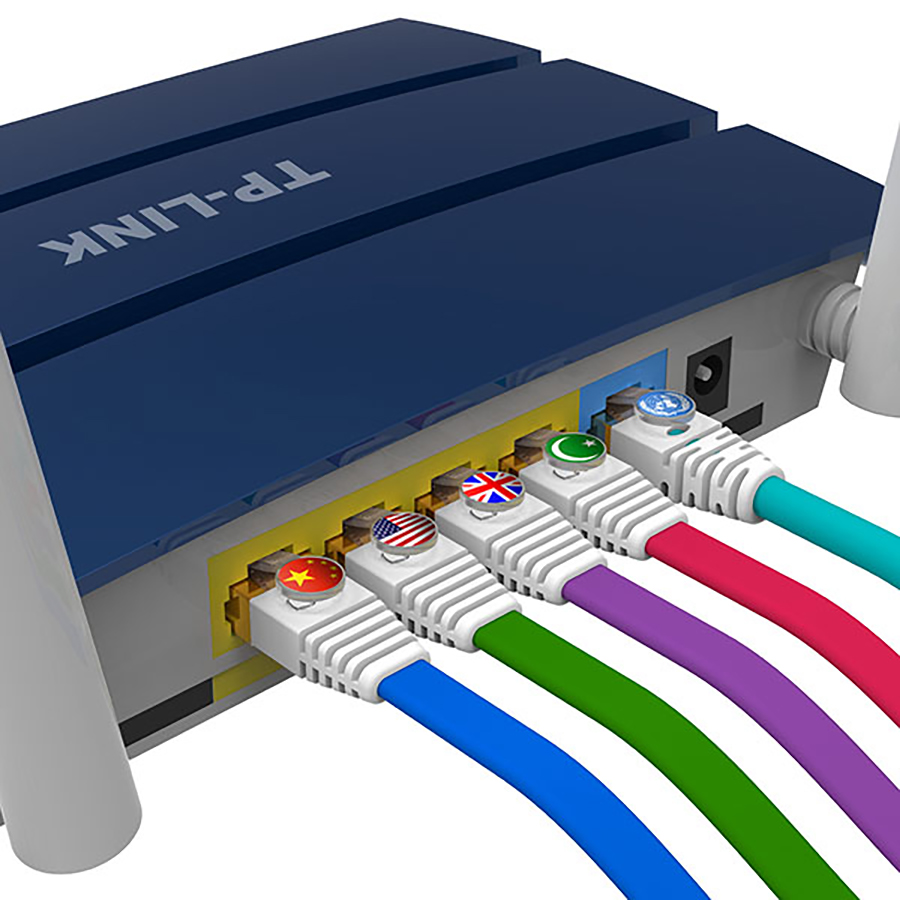
A network patch cord high speed is specifically engineered to meet the stringent requirements of modern high - bandwidth applications, enabling rapid and reliable data transfer in today's data - driven digital landscape. With the increasing prevalence of technologies such as 4K and 8K video streaming, cloud computing, virtual reality, and large - scale data analytics, the demand for high - speed network connections has never been greater. High - speed patch cords are designed to support these bandwidth - intensive applications by offering exceptional performance in terms of data transfer rates, signal integrity, and reduced latency.
High - speed patch cords are available in various advanced cable categories, such as Cat6A, Cat7, Cat7A, and Cat8. These cords are constructed with high - quality materials and innovative design features to minimize signal loss, electromagnetic interference (EMI), and crosstalk. They typically feature four pairs of twisted copper wires, with each pair individually insulated to prevent interference between the wires. The conductors are made from high - purity copper, which offers excellent electrical conductivity, reducing resistance and enabling faster data transmission. Advanced shielding techniques, such as foil shielding, braided shielding, or a combination of both, are employed to protect the signals from external electromagnetic noise and ensure accurate data transfer, even in environments with high levels of interference.
In terms of performance, high - speed patch cords can support data transfer rates far beyond the capabilities of traditional Ethernet cables. For example, Cat6A patch cords can support speeds of up to 10 Gigabit per second (10 Gbps) over distances of up to 100 meters, while Cat8 patch cords can achieve speeds of up to 40 Gigabit per second (40 Gbps) over shorter distances, typically up to 30 meters, and 25 Gigabit per second (25 Gbps) over distances of up to 100 meters. These high - speed capabilities make them ideal for applications where large amounts of data need to be transferred quickly, such as in data center backbones, where servers and storage arrays need to communicate with each other at high speeds to support cloud services and data analytics.
Signal integrity is a crucial aspect of high - speed patch cords. To maintain the quality of the transmitted signal, these cords are designed with precise impedance matching, which ensures that the electrical signal travels smoothly along the cable without reflection or distortion. The insulation materials used in high - speed patch cords have low dielectric constants, reducing signal attenuation and improving the overall performance of the cable. Additionally, the connectors on high - speed patch cords are often of high quality, with features like gold - plating to reduce contact resistance and provide a stable connection, further enhancing signal integrity.
Proper installation and handling of high - speed patch cords are essential to ensure their optimal performance. When installing these cords, it's important to follow best practices to avoid damaging the internal wires or the shielding. Excessive bending, pulling, or twisting of the cords should be avoided, as this can cause signal degradation and reduced performance. In addition, high - speed patch cords need to be used in conjunction with compatible network equipment, such as high - speed switches and routers, to fully realize their potential. Overall, network patch cord high speed is a vital component for modern high - performance networks, enabling organizations and individuals to keep up with the ever - increasing demands of data - intensive applications and ensuring seamless connectivity in the digital age.
Read recommendations:
LC/APC to LC/APC Duplex Single Mode Fiber Keystone Jack
86 type Telephone/Network Socket Faceplate, 2 Ports , Flat Shutter Wall Mount, white
